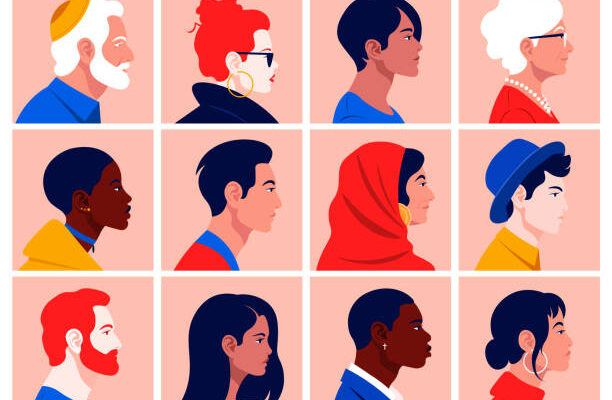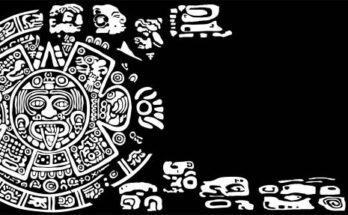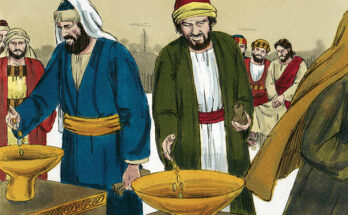Religions around the world form a rich tapestry of beliefs and practices that shape the lives of billions of people. Central to these diverse faiths are rituals—symbolic acts that connect individuals to their spiritual beliefs, communities, and the divine. While the specifics of these rituals vary greatly from one religion to another, the underlying purpose often remains the same: to foster a sense of unity, transcendence, and connection with the sacred. In this exploration of common rituals in different religions, we will delve into the practices that define and express the spiritual essence of various faith traditions.
Hinduism: Puja and Aarti
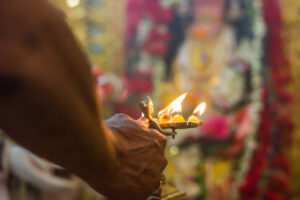 (Photo from iStock)
(Photo from iStock)
Hinduism, one of the oldest religions in the world, encompasses a vast array of rituals that are deeply embedded in the daily lives of its followers. Among the most common is “puja,” a ritual of worship that involves the offering of various items such as flowers, incense, and food to a deity. Practiced in homes, temples, and other sacred spaces, puja is a personal and intimate form of devotion.
Another significant Hindu ritual is “aarti,” a ceremony of light that typically takes place in temples. Devotees use lamps or candles to illuminate the deity’s image, while singing hymns and prayers. Aarti symbolizes the removal of darkness and the presence of the divine light, fostering a connection between the worshipper and the divine.
Buddhism: Meditation and Veneration of Relics
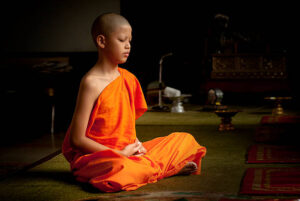 (Photo from iStock)
(Photo from iStock)
Buddhism, founded by Siddhartha Gautama in the 6th century BCE, places a strong emphasis on meditation as a means of attaining enlightenment. Buddhist monks and practitioners engage in various forms of meditation, such as mindfulness meditation and loving-kindness meditation. These practices are aimed at achieving a state of inner peace, self-awareness, and liberation from suffering.
In addition to meditation, the veneration of relics is a common Buddhist ritual. Relics, usually associated with the Buddha or enlightened beings, are objects believed to have spiritual significance. Pilgrims often visit stupas and temples to pay homage to these relics, considering it a way to connect with the enlightened ones and seek blessings for spiritual progress.
Christianity: Baptism and Communion
 (Photo from iStock)
(Photo from iStock)
Christianity, with its diverse denominations, shares several common rituals that form the core of Christian worship. One of the most significant is baptism, a rite of initiation and purification. Christians believe that through baptism, individuals are cleansed of sin and born into a new life in Christ. The act of immersion or sprinkling with water symbolizes spiritual rebirth and entry into the Christian community.
Communion, also known as the Eucharist or the Lord’s Supper, is another central ritual in Christianity. During this ceremony, believers partake in bread and wine, symbolizing the body and blood of Jesus Christ. Communion serves as a remembrance of Christ’s sacrifice on the cross and fosters a sense of spiritual unity among Christians.
Islam: Salah and Hajj
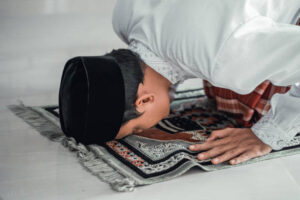 (Photo from iStock)
(Photo from iStock)
Islam, founded by Prophet Muhammad in the 7th century CE, is characterized by the Five Pillars, which include essential rituals that shape the daily lives of Muslims. One of these pillars is “Salah,” the ritual prayer performed five times a day facing the Kaaba in Mecca. Through Salah, Muslims express their submission to Allah and seek guidance, forgiveness, and closeness to the divine.
“Hajj,” the pilgrimage to Mecca, is another fundamental ritual in Islam. It is obligatory for every Muslim who is physically and financially capable to undertake Hajj at least once in their lifetime. The pilgrimage involves a series of rituals performed at specific locations, symbolizing unity, equality, and submission to Allah. Hajj culminates in the celebration of Eid al-Adha, marking the end of the pilgrimage.
Judaism: Shabbat and Passover
 (Photo from iStock)
(Photo from iStock)
Judaism, one of the oldest monotheistic religions, is rich in rituals that define the Jewish way of life. The observance of the Sabbath, known as “Shabbat,” is a central ritual. Beginning at sunset on Friday and ending at sunset on Saturday, Shabbat is a day of rest and spiritual rejuvenation. Jewish families gather for a festive meal, light candles, and engage in prayers, fostering a sense of community and connection with God.
Passover, or Pesach, is another significant Jewish ritual commemorating the liberation of the Israelites from slavery in Egypt. During the Passover Seder, a ritual meal, participants retell the story of the Exodus and partake in symbolic foods, such as matzo and bitter herbs. Passover emphasizes the themes of freedom, redemption, and the covenant between God and the Jewish people.
Sikhism: Kirtan and Langar
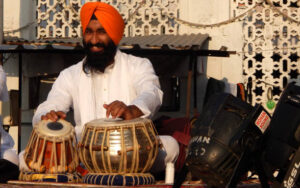 (Photo from iStock)
(Photo from iStock)
Sikhism, founded by Guru Nanak in the 15th century, emphasizes the oneness of God and the equality of all human beings. A central Sikh ritual is “kirtan,” the singing of hymns and devotional music from the Guru Granth Sahib, the holy scripture of Sikhism. Kirtan is a communal activity that fosters spiritual connection and devotion among Sikhs.
“Langar,” the community kitchen, is another integral Sikh ritual based on the principles of selfless service and equality. Sikhs, whether rich or poor, sit together in the langar to share a simple meal. This practice symbolizes the rejection of social hierarchies and the promotion of unity among all members of the Sikh community.
Indigenous Religions: Rituals of Connection with Nature
 (Photo from iStock)
(Photo from iStock)
Many indigenous religions around the world share common rituals rooted in a deep connection with nature and the spiritual significance of the natural world. These rituals often involve ceremonies, dances, and symbolic gestures. Aimed at honouring the Earth, the elements, and the spirits inhabiting the natural environment.
For example, among Native American traditions, the “powwow” is a communal gathering featuring music, dance, and rituals that celebrate cultural identity and connection with the land. In African traditional religions, ceremonies such as the “ancestor veneration” rituals. Emphasize the importance of honouring and seeking guidance from ancestral spirits.
Conclusion
The world’s religions, with their diverse beliefs and practices, contribute to the rich mosaic of human spirituality. Through rituals, adherents express their deepest convictions, connect with the divine, and foster a sense of community. While the specific details of these rituals vary widely. A common thread runs through them—a yearning for meaning, transcendence, and a deeper connection with the sacred. In understanding and appreciating these rituals. We gain insight into the shared human quest for spiritual fulfilment. And the myriad ways in which people seek to express their faith.

